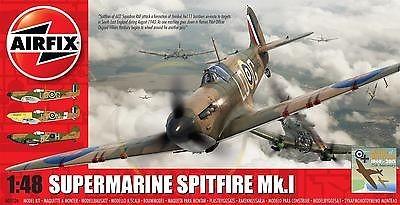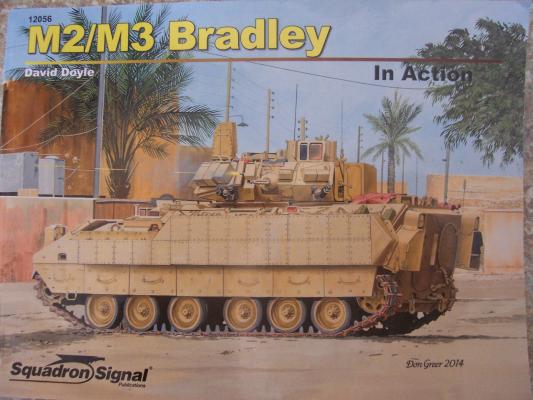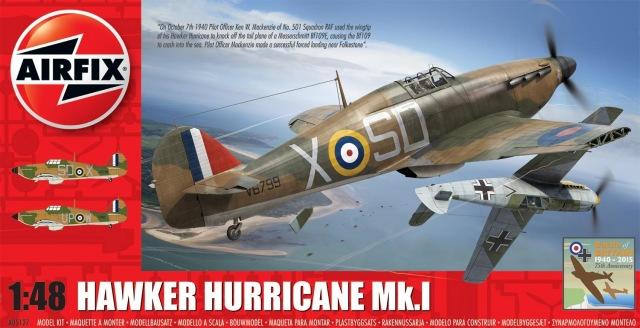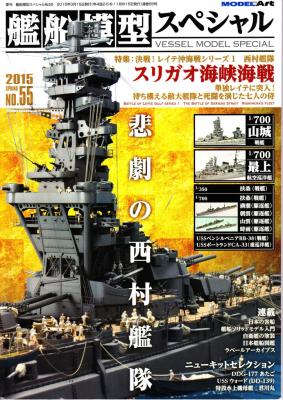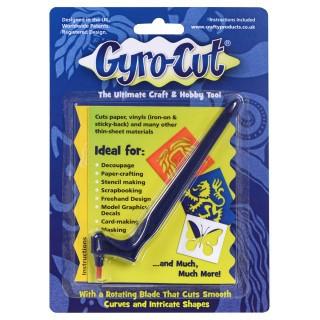History Brief
The Supermarine Spitfire Mk.I fixed its place in history during the Battle of Britain. The RAF pilots known as 'The Few' proved the Spitfire’s ability. Fighting alongside the Hurricane they overcame the struggles of the Battle of Britain over southern England and the English Channel during the summer of 1940. Powered by the Rolls-Royce Merlin V12, the Supermarine Spitfire was capable of speeds of over 360mph. Noted for remarkable maneuverability that allowed it to turn inside an opponent, the spitfire made it an excellent dog-fighter and it was the interceptor of choice for Fighter Command. Accordingly, RJ Mitchell's design is a time-tested aviation masterpiece, famous and beautiful too, first flying in 1936 and by 1940 it had become the envy of the world's air arms.











